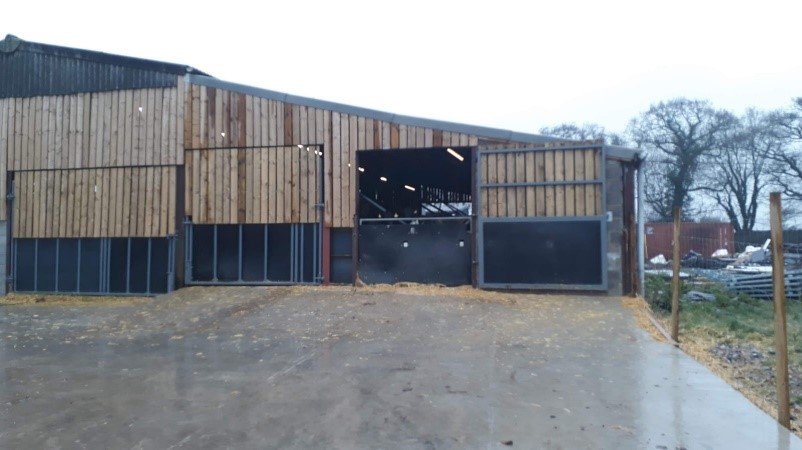TB proof your farm
Bovine TB is the most devastating disease impacting many of our cattle herds today. Not because of the direct animal health and welfare impacts, the majority of reactors appear to be fit and healthy animals, but because of the massive impacts a breakdown has on the farm business and the knock-on effects on animal and farmer health and welfare.
TB arriving on the farm has many risk pathways that are out of our control, for example, we cannot control what our neighbour buys in or what area of the country we farm in, but TB is an infectious disease which just like Johne’s, BVD, abortion, lameness, and calf pneumonia, has routes onto farm and around the farm we can control to reduce if not eliminate.
Private vets through the TB Advisory Service in England offer FREE TB advice for farmers in a bespoke way to help them assess in the ways TB could arrive on their farm and how it could continue to cycle once on farm and advise how to reduce, if not eliminate, these risks through simple cost-effective evidence based interventions.
TB Advisory Service covers six risk areas, and discuss them all in relation to the farm, and explaining the science and evidence we have behind the risks.
- Risk from the herd’s own TB history.
- Risk from the local situation
- Risk from incoming livestock
- Risk at pasture
- Risk in the farmyard
- Risk to the business
At the end of the free visit, four recommendations are agreed on. The top three recommendations agreed on farm are currently.
- Install wildlife cameras.
- Use badger proof licks.
- Use ibTB map to assess risk from purchased stock.
Figure 1 - Badger proof gates and buildings

To understand the risk cattle pose, it is important to understand the characteristics of the skin test. The skin test is very accurate at identifying truly infected animals. The TB skin test has a specificity of 99.98%. this means we are 99.98% certain a reactor is infected with TB. No visible lesions does not mean the animal doesn’t have TB, it means it is often early in the disease process and lesions are not detectable by the naked eye. At a farm level this is important as the consequences of a TB reactor are so massive; herd movement restrictions, and the animal is slaughtered.
The more recently a herd has had a TB breakdown the greater the chance is of having a future breakdown. Even though a farm is officially TB free based upon clear test results, it might not mean it is infection free. Your vet and/or TBAS adviser can talk to you about how to identify “risky” animals and how you can manage them differently to limit the spread of TB within a herd, exactly in the same way as you would with Johne’s disease.
For incoming stock, the longer a herd has been testing clear the more you can trust the latest test is genuinely clear. Just like you would ask a herd’s BVD, Johne’s and Leptospirosis status and testing history before buying, ask about TB too. You can also find if they have had a recent TB outbreak and the status of the surrounding area on the ibTB map (in England and Wales).
What about Badgers?
Most badger and cattle interactions happen indirectly, this means that nose to nose contact rarely occurs. We do know that badgers share the same environment as cattle, as well as water sources and feed. Badgers especially like high starchy food such as maize silage and cattle cake. In certain areas of the UK, we know we have endemically infected badger populations. Found dead badger surveys have shown that in some areas 1 in 4 badgers can test positive to bTB, shedding the bacteria in their urine, faeces, spit, and pus from wounds. In these areas taking positive steps to limit badger and cattle contact by protecting feed stores (badgers can get through gaps of 7.5cm) and raising feed and water troughs (TB can survive in water for up to 60 days) to 1 meter (or using badger proof ones) will reduce your risk of a TB breakdown caused by badgers. Thankfully in Scotland, and certain areas of England and Wales we have no reason to suspect the badger populations are infected, in these areas we need to still engage in reducing cattle/ badger interactions to keep the badger population TB free, as TB is much harder to manage when badgers and other wildlife are infected.
Following simple evidence-based measures on farm can reduce your risk of and length of a TB breakdown, and the feedback from vets and farmers is that being part of the TB Advisory Service is rewarding and they felt they had taken back some control of their own TB risk.
To sign up for a free TB Advisory Service visit contact TBAS or discuss with your practice.
- 1st March 2023








